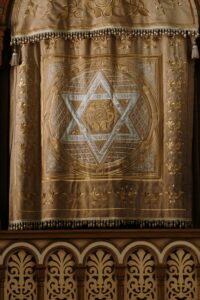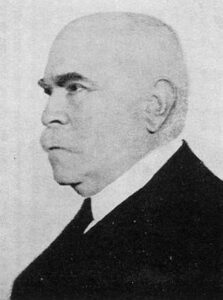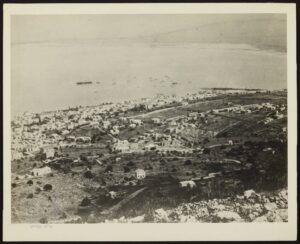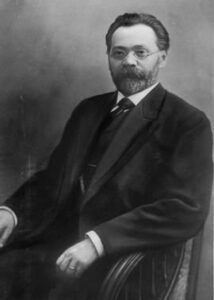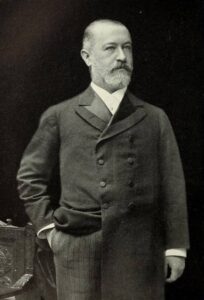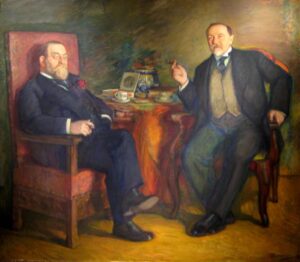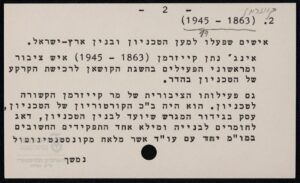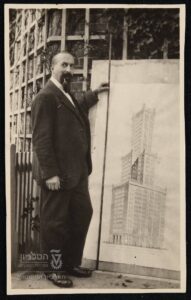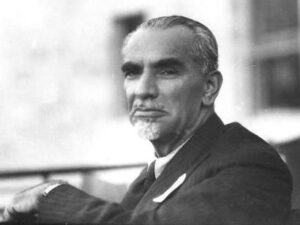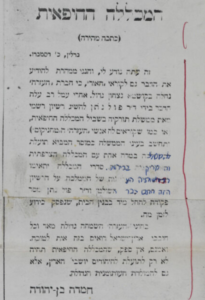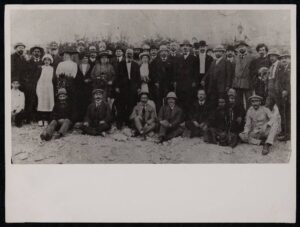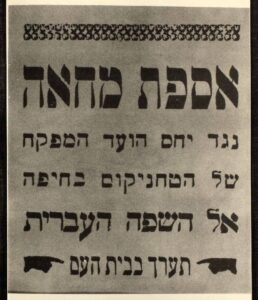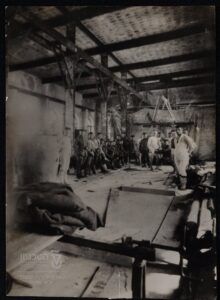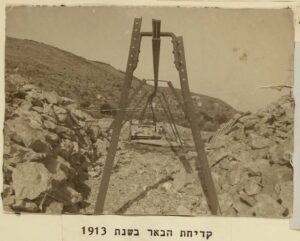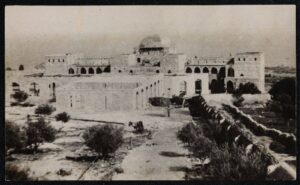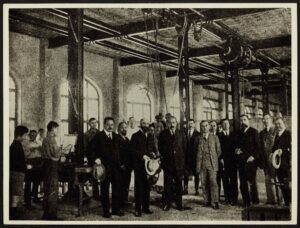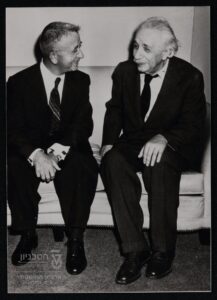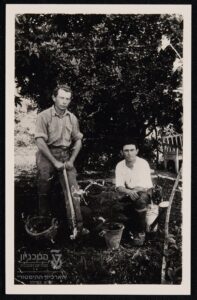The Technion Timeline
Scroll through to see Technion's 100 years of achievements
The Technion’s history begins in 1901, half a century before the establishment of the State of Israel, in the halls…Read More
The Relief Organization of German Jews, known as the “Ezra” company, was a non-Zionist German-Jewish organization that operated in the…Read More
In 1907, Dr. Paul Nathan, the founder of Ezra, toured the Land of Israel and visited the schools established by…Read More
After thinking for a long time about the location of the establishment of the technical school, Dr. Paul Nathan decided…Read More
The board of trustees of the Technion is also known as the “Curatorium.” Its responsibilities include budgetary decisions, the appointment…Read More
After a visit to Palestine, American Jewish businessman and philanthropist Jacob Schiff decided to donate one hundred thousand dollars to…Read More
David Wissotzky, son of the founder of the Wissotzky Tea Company, Kalonimus Ze’ev Wissotzky, donated 100,000 rubles from a special…Read More
In June 1908, the land purchase deal was signed. After deliberations, an area of 46 dunams was chosen. Ephraim Cohn,…Read More
Prof. Alexander Baerwald was a Jewish-German architect and painter, one of the founders of the Faculty of Architecture at the…Read More
After the donation of the Wissotzky Foundation to the Technion, a fund was opened for the donation of other organizations.…Read More
Obtaining the “Ferman” – in 1911, the “Ezra” company, through attorney Asher Malach, was able to obtain the required construction…Read More
In 1909, Jewish architect Alexander Baerwald was asked to come up with a first plan for the new building. He…Read More
Following the decision of the Technikum Board of Trustees to teach Hebrew at the Technion for only two hours a…Read More
The Technikum buildings were used by various occupying armies during the war. Initially, they served the Turkish army during World…Read More
In October 1909, the Prussian architect Alexander Baerwald was asked to design the initial plans for the new building. Baerwald,…Read More
Almost from the beginning, the Technikum had two main creditors: the Hilfsverein (Ezra) group and the Jewish National Fund (KKL).…Read More
The workshop building after its completion, behind the water tower and the mule path to the top of Mount Carmel.…Read More
At the end of World War I and in light of Germany’s defeat, the economic situation of the “Ezra” company…Read More
Sir Alfred Mond, (Lord Melchett), was a Jewish statesman and industrialist in England, one of the world’s industrial powers at…Read More
During his only visit to the Land of Israel, on February 11th, 1923, Prof. Albert Einstein toured the workshops of…Read More
The development of technical and scientific opportunities for the Jewish people, and particularly for the new Technikum, was a cause…Read More
In front of the building, the well-kept Technion garden was established, which over the years hosted various celebrations and events.…Read More
Arthur Blok (1882–1974) was a British-Jewish electrical engineer who served as the first President of the Technion – Israel Institute…Read More
The Technion established a committee for Hebrew technical nomenclature which quickly produced lists of all the main words used in…Read More
In September, it was decided to accept Hayim Nahman Bialik’s proposal and name the technical school the “Technion” on the…Read More
Lord Arthur James Balfour, 1st Earl of Balfour, was a British statesman and Prime Minister of the United Kingdom. Balfour…Read More
Mordechai (Max) Hecker was a land developer, a Zionist engineer, a Polish Jew and one of the founders of the…Read More
In 1927, during his visit, Jabotinsky gave a speech to the students and lecturers. In 1952, Eri Jabotinsky, his son,…Read More
Seventeen students, one female student among them, completed their studies at the Technion. This first graduating class includes ten engineers…Read More
Bosmat is the first technical high school in the Land of Israel, established by the Technion. In 1928, engineer Yaakov…Read More
Naturally, in the first years the need arose to find a symbol for the Technion, one that could decorate the…Read More
Joseph Breuer was an Israeli scientist, a professor in the Faculty of Civil and Environmental Engineering at the Technion. He…Read More
Engineer Shlomo Kaplansky was the legendary director of the Technion. He held this position for almost 20 years and was…Read More
In 1933, the idea arose to establish a technological department (then it was written “technologic”), considering the need to improve…Read More

